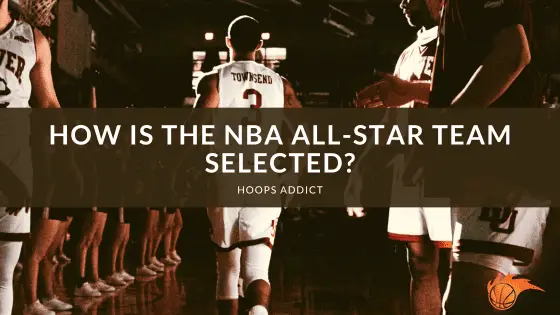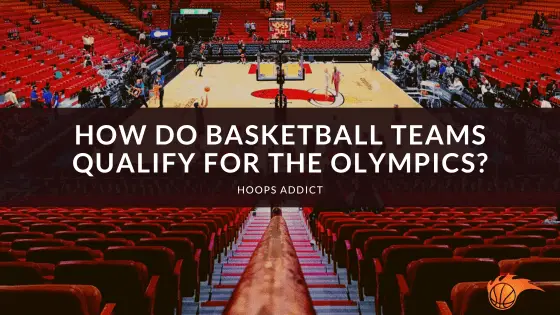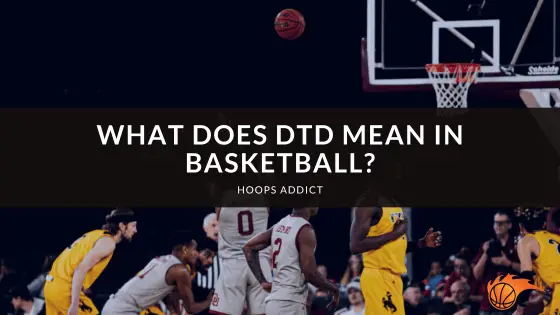Are you interested in knowing where does the NBA Luxury Tax go? Great news, we’re going to help you understand what exactly is the luxury tax, how does it work, and where does the money go? In this article, we will delve into the intriguing details of the NBA Luxury Tax, exploring its purpose, mechanics, and the fascinating ways it redistributes funds within the league.
 What is the NBA Luxury Tax?
What is the NBA Luxury Tax?
The NBA’s luxury tax is a financial penalty that is triggered when teams spend more money on player salaries than what’s allowed by the salary cap. While some exceptions allow teams to exceed this limit, they still have to bear the burden of hefty financial penalties.
The salary cap should work as a deterrent that prevents teams from amassing player talent that would “water down” the level of competition across the league. Unfortunately, since the cap is not a hard cap and rich team owners aren’t too concerned about paying the tax, it is looked at more like a “soft” barrier that can be easily circumvented. This enables organizations to find ways around the cap, whether re-signing their star players, bringing in expensive reinforcements, or utilizing exceptions to acquire additional mid-tier free agents.
A higher tax is imposed on teams known as repeat offenders. These teams have been subject to luxury taxes in at least three of the past four seasons.
The primary objective of the NBA luxury tax is to restrain extravagant spending while effectively redistributing the surplus funds to teams with lower payroll expenses. By doing so, the luxury tax aims to strike a balance in financial distribution between players and team owners, curbing excessive spending in the process.
 How Does NBA Luxury Tax Works?
How Does NBA Luxury Tax Works?
Here’s a breakdown of the luxury tax penalties levied against teams based on how far over they decide to spend:
- For teams that find themselves between $0 and $4,999,999 over the cap, the tax rate kicks in at $1.50 for every dollar over the cap. The excitement doesn’t stop there; they have an incremental maximum of $7.5 million to push the limits.
- At the second threshold, teams that spend over the cap by $5,000,000 to $9,999,999, are charged at a rate of $1.75 per dollar of overage.
- At the third threshold, teams that spend over the cap by $10,000,000 to $14,999,999 are charged at a rate of $2.50 per dollar of overage.
- At the fourth threshold, teams that spend over the cap by $15,000,000 to $19,999,999 are charged at a rate of $3.25 per dollar of overage.
- At the fifth threshold, teams that spend over the cap by $20,000,000 and more are charged at a rate of $3.75 per dollar of overage. And if that’s not enough, the rate increases by $0.50 for each additional $5,000,000 over $20,000,000.
NBA Luxury Tax Repeat offenders would be charged a larger amount of tax in an effort to curb their contract spending.
 Why is Luxury Tax Implemented in the League?
Why is Luxury Tax Implemented in the League?
When the tax was just brought into the league, team owners had to speculate how it would affect them as it was calculated after the season was concluded. The tax was only imposed when the league’s salaries and benefits exceeded 61.1% of all basketball-related income (BRI) in a season. Because of this, it was not as cut and dry as one might think.
An escrow system was set in place to serve as a corrective measure for teams that spent a bit too much. It would withhold 10% of player salaries in an effort to offset any overspending done by team owners across the NBA. You see, the league’s CBA (Collective Bargaining Agreement) at the time was set in place to have payroll across the league come in at roughly 55% of Basketball Related Income (BRI).
Since the escrow system had some funds to offset extra spending, the NBA luxury tax would only become a factor if the escrow amount fell short and could not meet its intended purpose.
There have been instances when the NBA season was completed and spending did not exceed the 61.1% threshold. This means that there were seasons when teams did not have to pay the tax regardless of how often they backed up the Brinks trucks for their players. This happened in the 2001/02 and 2004/05 NBA seasons.
However, during those early days, another complication arose. The luxury tax was determined retrospectively, based on a season’s Basketball Related Income (BRI) calculation. That could only be done after the season concluded. This means that if you were an NBA team owner at the time, you had to make a calculated guess to figure out what would happen. If you think that the overall spending amount for the tax would exceed the 61.1% threshold, you prepare for that. Unfortunately, it wasn’t easy to make this determination/guess, so owners would sometimes find themselves in a pickle at the end of seasons.
It’s no wonder the first two seasons saw the highest tax payments to date, a whopping $173,313,440 and $157,212,990, respectively. In that inaugural season, a record-breaking 16 teams paid the luxury tax.
 Where Does the Money from Luxury Tax Go?
Where Does the Money from Luxury Tax Go?
The NBA states that up to 50% of the luxury tax can be given to non-taxpaying teams. Unfortunately, there isn’t a requirement for any of the tax to be distributed to teams in this manner.
Any tax money not distributed to teams under the threshold will be used for “league purposes.” That means at least 50% of the tax revenue gets utilized for activities that benefit the entire league each season.
Let’s take a look at the numbers from the 2021-2022 season. Seven teams paid a whopping $481 million in luxury tax payments! That’s a massive amount of money. On the other hand, the remaining 23 teams received $10.46 million each through the luxury tax redistribution.
 Who Pays the Most Luxury Tax in NBA?
Who Pays the Most Luxury Tax in NBA?
For the 2022-23 NBA season, nine teams exceeded the tax threshold and were fined the appropriate tax amounts. Here’s a breakdown of the highest Luxury Tax in NBA:
| Rank | Team | Payroll | Taxable Payroll | Luxury Tax |
| 1 | LA Clippers | $191,189,304 | $191,189,304 | $140,303,254 |
| 2 | Golden State Warriors | $188,354,959 | $188,460,481 | $163,709,263 |
| 3 | Milwaukee Bucks | $179,789,164 | $180,000,208 | $83,866,138 |
| 4 | Boston Celtics | $176,691,474 | $176,784,331 | $70,198,661 |
| 5 | Dallas Mavericks | $172,025,683 | $173,385,738 | $56,695,271 |
| 6 | Phoenix Suns | $172,121,677 | $172,332,721 | $52,746,458 |
| 7 | LA Lakers | $164,974,226 | $167,477,836 | $35,935,220 |
| 8 | Denver Nuggets | $160,688,004 | $160,688,004 | $17,302,513 |
| 9 | Brooklyn Nets | $155,023,887 | $159,265,453 | $14,497,295 |
Wrapping Things Up: Where Does the NBA Luxury Tax Go?
The NBA Luxury Tax plays a role in ensuring fairness and controlling team expenses, aiming to prevent franchises from amassing an overwhelming amount of talent. By implementing tax penalties, it discourages teams from surpassing the salary cap. The funds generated from this tax are subsequently allocated to teams that don’t pay taxes or are utilized for diverse league objectives, ultimately bolstering competition and contributing to the overall development of the NBA. There, you have it, the Luxury Tax in NBA explained.
We hope you enjoyed this post! If you did, be sure to check out our other basketball FAQ articles here.
> How Much Do NBA Players Take Home After Taxes?

 What is the NBA Luxury Tax?
What is the NBA Luxury Tax? How Does NBA Luxury Tax Works?
How Does NBA Luxury Tax Works? Why is Luxury Tax Implemented in the League?
Why is Luxury Tax Implemented in the League? Where Does the Money from Luxury Tax Go?
Where Does the Money from Luxury Tax Go?  Who Pays the Most Luxury Tax in NBA?
Who Pays the Most Luxury Tax in NBA? 

